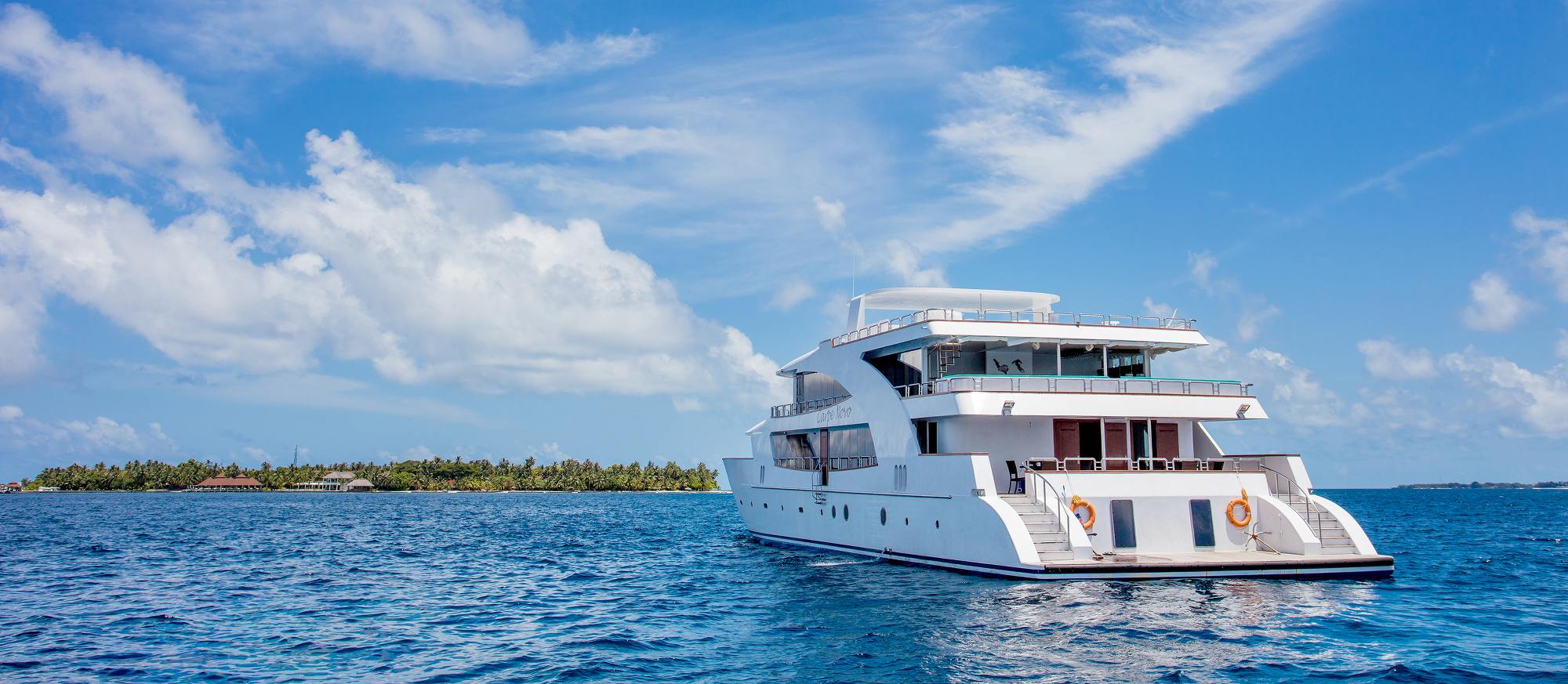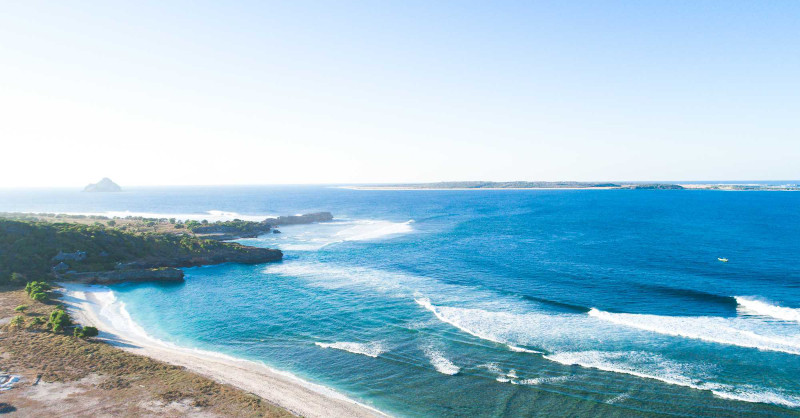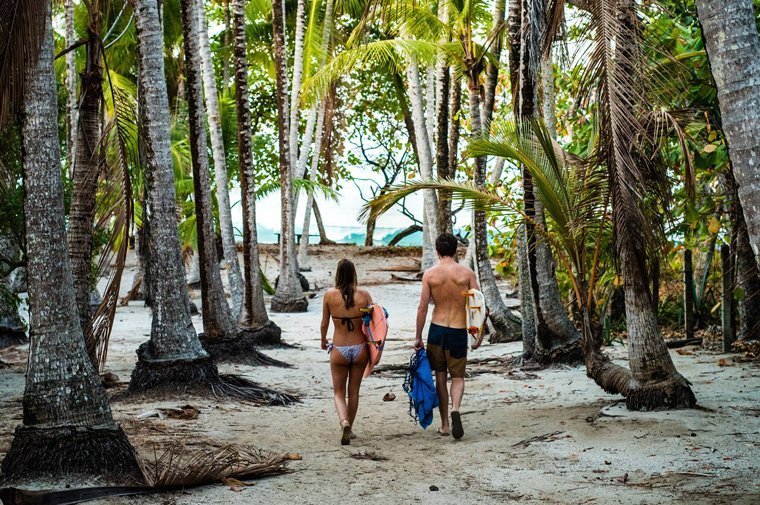A collection of Central American surf travel tips from LUEX’s collective surf travel experts designed to make your trip as smooth as possible. Want to know what to eat or how to ask where the surf is? Then read on!
Central America is a riotous playground for the travelling surfer, with everything from volcanoes to cloud forests, beaches, coral reefs, jungle, party towns and wild jungle – but more importantly and endless variety of waves on both Pacific and Caribbean coasts from points to reefs, beachies, river mouths and offshore spots.
The adventure doesn’t stop when you get out of the water either: back on dry land Central America has enough tourism that travelling and infrastructure works well, but compared to the backpacker hubs of SE Asia and South America it’s still enough off the track to feel like you’re experiencing somewhere new. Roads are rugged, the English language can be hard to come by and the guaro – distilled sugar cane juices – flows freely.
If you want to travel around and experience the real Central America – to get under its skin – you should be prepared to rough it a bit at times. Several of our surf experts at LUEX have spent extensive amounts of time surfing and exploring the region – these are their travel tips to help smooth the way a little.
1. Money
Cash is king! However it’s normally very easy to find an ATM – just make sure to take a card that’s generally accepted abroad like a Visa or MasterCard (and don’t forget to tell your bank!). It can also be useful to take a small amount of USD (in small denominations) as a backup – you’ll be able to change it easily, but check the exchange rate first. More high end restaurants and hotels are likely to accept card payments too.
2. Food
Central American food is just insanely good! Expect lots of meat, beans, rice, tortillas, plantains (cooking bananas) and all sorts of sauces and salsas. Some favourites are Nicaragua’s baho (pork, plantain, yucca and cabbage wrapped in a banana leaf), Costa Rica’s casado, plus more familiar fare like tacos and enchiladas. The seafood isn’t half bad either, from ceviche to tapado (a coconut milk-based soup stuffed with crab, conch, whole fish, sea snails, shrimp, plantains and fresh herbs.
Coffee lovers might be disappointed though… As evidenced by the number of plantations everywhere, Central American coffee is excellent – so good almost all of it is packaged for export and only the dregs remain to be drunk domestically.
3. Getting around
Central America is a big place, and if you’re travelling between countries plans are by far the quickest – though most expensive – way to get around. However they’re also a bit tame and sterilised… You’ll see much more of the real Central America if you travel on the ground!
While the roads are awful, taxis are definitely convenient for most local trips (but agree a price beforehand as many have no no meter!), and you can usually find shuttles for longer journeys. However travelling by – overloaded, dilapidated and chaotic – bus is one experience you really shouldn’t miss, whether that’s a chicken bus (local) or a espreso bus (normally inter-city). When buying tickets don’t fall for the rip-off middle men: they try to sell tickets for all kind of busses that may or may not exist, at over-inflated prices. The best bet is to buy the ticket from the driver and his companion, or for shuttles online in advance. Make sure to double check what the locals pay with your emergency Spanish too – if you want to rough it, you need the basics down!
4. Language
While English and a smile will get you a long way these days, it really does pay off to learn some basic Spanish before travelling, as away from the main tourist hubs you’ll be absolutely lost without it! Here are some useful phrases:
Hello – Hola
Excuse me – Disculpe
Thank you – Gracias
Bye – Adiós
Numbers : 1-Uno; 2-Dos; 3-Tres; 4-Cuatro; 5-Cinco; 6-Seis; 7-Siete; 8-Ocho; 9-Nueve; 10-Diez
Where is the surf? – Dónde esta la ola?
How far is ……? – Qué tan lejos esta …..?
Where is the restaurant? – Dónde esta “La Soda”?
Where is the ATM? – Dónde esta el cajero automatico?
Where does the bus depart from? – De dónde sale el bus?
After you (to be polite and make friends) – Usted primero.
5. What boards to bring?
6. What other stuff comes in useful?



